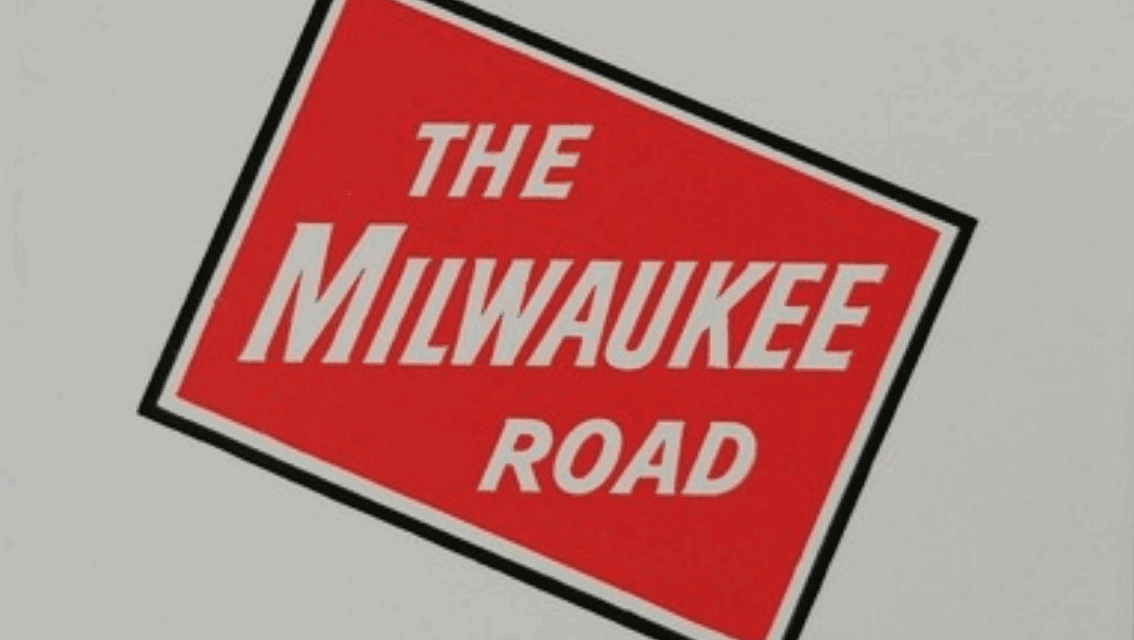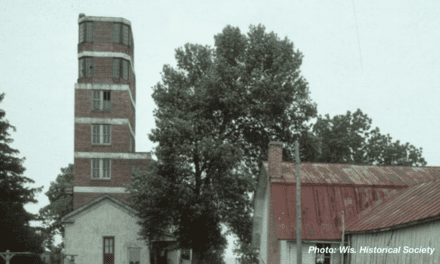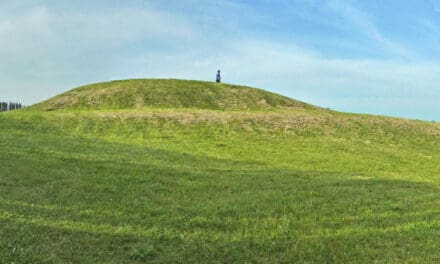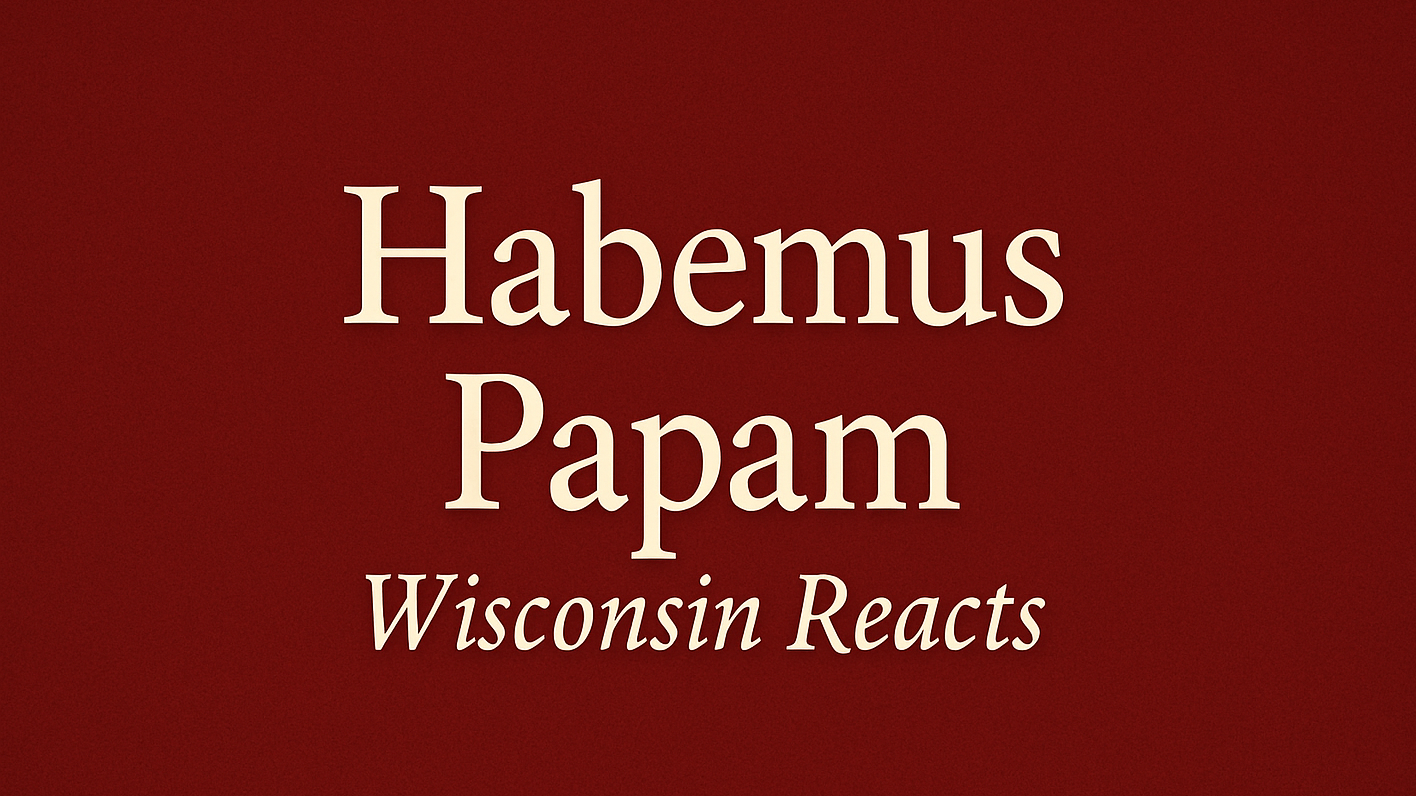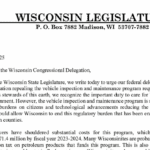- Origins and Early Growth: The Milwaukee Road, officially the Chicago, Milwaukee, St. Paul and Pacific Railroad, started in 1847 as the Milwaukee and Waukesha Railroad, aiming to connect Milwaukee to the Mississippi River. By 1857, it reached Prairie du Chien, and in 1874, it became the Chicago, Milwaukee & St. Paul after expanding to Chicago.
- Pacific Extension: Between 1906 and 1909, the railroad built a 2,300-mile extension from South Dakota to Seattle, crossing five mountain ranges (Belts, Rockies, Bitterroots, Saddles, and Cascades). This ambitious project, completed in just three years, was a major engineering feat but costly due to limited land grants.
- Hiawatha Trains: In 1935, the Milwaukee Road introduced the Hiawatha, a high-speed, steam-powered streamliner running between Chicago and the Twin Cities, hitting speeds over 100 mph. It became a symbol of luxury and innovation, with later versions featuring Super Dome and Skytop cars.
- Electrification Pioneer: The railroad electrified 656 miles of its western lines between 1914 and 1918, making it the longest end-to-end electrified rail in the U.S. at the time. This reduced soot issues and improved efficiency over the mountainous terrain, though diesel eventually replaced it by 1970.
- Financial Struggles and Legacy: The Milwaukee Road faced multiple bankruptcies (1925, 1935, 1977) and abandoned its Pacific Extension in 1980. It merged with the Soo Line in 1986. Its legacy lives on through preserved locomotives like Milwaukee Road 261 and archives at the Milwaukee Public Library.
For further information:

